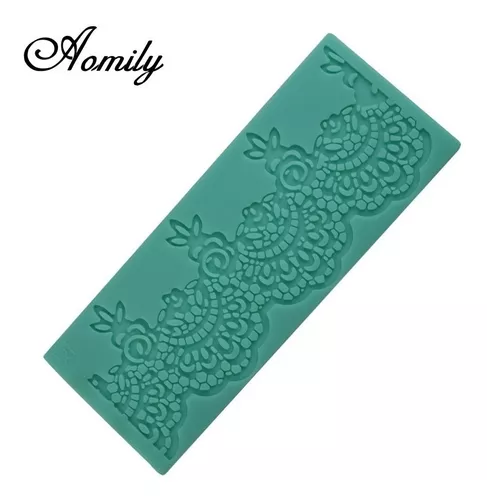
Amazon.com: Warmoor Silicone Cake Fondant Mat, Rose Impression Lace Mold (16 x 12 inches, Pink Rose): Home & Kitchen

Amazon.com: Anyana sugar edible wedding heart Novelty Alcazar lace cake silicone Embossing Mat Texture fondant impression lace mat decorating mold gum paste cupcake topper icing candy imprint baking moulds craft : Home
Tapete de silicone para decoração de bolo, textura, tapete de silicone em renda para fondant, ferramentas para decoração, pasta de goma, cupcake, topper - AliExpress
Shenhong almofada de silicone para biscoitos, 2 tipos de molde para biscoitos, almofadas diy, tapete para assar massas, ferramentas de cozinha, utensílios para festas, sobremesa _ - AliExpress Mobile

Amazon.com: Tapete de silicona antideslizante extra grande con medidas de 36 x 24 pulgadas para hornear de silicona, tapete de mostrador, tapete rodante de masa, forro de horno, tapete de corteza de









